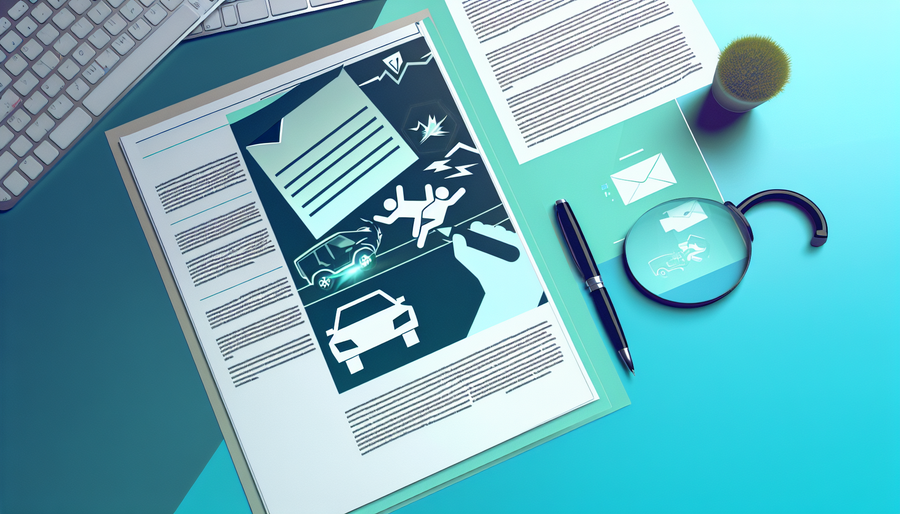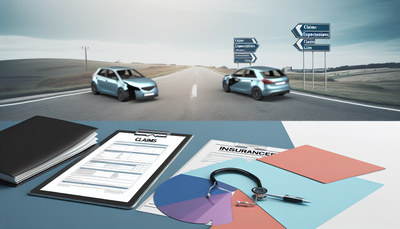Hit and Run Accidents: How to File a Successful Insurance Claim

Introduction
A hit and run accident can be a stressful and frustrating experience. Whether you're a pedestrian, cyclist, or driver, being left alone at the scene of an accident without the responsible party can make it challenging to seek compensation. However, filing a successful insurance claim is still possible. This guide will walk you through the necessary steps to ensure you receive fair compensation for damages and injuries.
Step 1: Ensure Safety and Gather Information
The first priority after any accident is safety. If you’re injured, seek medical attention immediately. If you’re able, do the following:
- Call the Police: Reporting a hit and run to the authorities helps create an official record, which is crucial for your insurance claim.
- Document the Scene: Take photos of your vehicle, the surrounding area, and any damage sustained.
- Gather Witness Statements: If there were bystanders, ask for their contact details and statements about what they saw.
- Look for Surveillance Cameras: Nearby security cameras may have captured the accident, helping identify the fleeing driver.
Step 2: Notify Your Insurance Company
After reporting the incident to the police, inform your insurance provider as soon as possible. Provide all relevant details, including:
- The police report number
- Photos and documentation from the scene
- Witness information (if available)
- Any medical reports if injuries occurred
Your insurer will assess the case and determine coverage based on your policy type.
Step 3: Understand Your Coverage Options
Hit and run accidents typically fall under different types of insurance coverage:
- Uninsured Motorist (UM) Coverage: Helps cover medical expenses and vehicle repairs when the at-fault driver is unidentified.
- Collision Coverage: Covers vehicle damage regardless of fault, though deductibles may apply.
- Personal Injury Protection (PIP) or Medical Payments Coverage: Assists with medical expenses regardless of who caused the accident.
Check your policy to understand which coverages apply to your situation.
Step 4: Cooperate with the Investigation
Your insurance company may conduct its own investigation into the accident. Be prepared to provide:
- A detailed account of what happened
- Additional evidence such as dashcam footage (if available)
- Updates if new information arises (e.g., police identifying the other driver)
Cooperating fully ensures that your claim is processed efficiently.
Step 5: Keep Track of Expenses
Maintaining thorough records of all expenses related to the accident strengthens your claim. Keep receipts and documentation for:
- Vehicle repairs
- Medical treatments and prescriptions
- Lost wages if injuries prevent you from working
- Any additional costs incurred due to the accident
Conclusion
Filing a successful insurance claim after a hit and run requires prompt action, thorough documentation, and clear communication with your insurance provider. By following these steps, you improve your chances of receiving fair compensation for your damages and injuries. If you encounter difficulties during the claims process, consider seeking legal advice to help protect your rights.








